Many gardeners are engaged growing onions on their dacha plots. This vegetable is popular as it is often used in preparing various dishes. When growing onions, some people encounter serious diseases that prevent the plant from growing normally. Therefore, before planting a vegetable, you should familiarize yourself with the diseases of onions and their treatment.
The most common onion diseases
Frequent diseases are the main reason for poor vegetable harvests. Onions also often suffer from diseases and are susceptible to viral and bacterial diseases. They stop the growth of the vegetable and often lead to the death of the cultivated bushes. To get rid of onion diseases, you should properly combat them.
Downy mildew or powdery mildew
Often onion bushes suffer from peronosporosis or powdery mildew, which is considered a rather dangerous disease. Every vegetable grower must know the specific manifestations of the disease in order to begin treatment of the plant in a timely manner. The disease is characterized by the following external signs:
- the appearance of white spots on the surface of the leaves;
- yellowing of the edges of the bottom sheets;
- plaque on leaves;
- gradual drying of the bushes.
This onion disease occurs due to an infection on the bulbs, which gradually spreads to the rest of the bush. Infection occurs if the gardener did not follow the rules of crop rotation or planted untreated seed.
Downy mildew manifests itself in conditions of elevated temperatures, when the air warms up to 20 degrees. At lower temperatures, the disease develops much more slowly.
Onion rust
Another common disease to which the crop is susceptible is onion rust. This disease occurs as a result of exposure to a fungus that spreads to the feathers of the plant. Over time, they are completely covered with a yellow coating and small fungal spores. If the bushes are not treated in a timely manner, the plant will stop developing and the bulbs will stop ripening.
To avoid having to deal with the treatment of onions and their yellow feathers, you need to properly care for the plant.The bushes are watered only at the roots so that the liquid does not get on the leaves. Also, the soil is periodically fed with mineral and organic fertilizers to improve the health of the vegetable.
Fusarium bottom rot
If the soil is not treated before planting a vegetable crop, the onion will become infected with Fusarium rot. This disease appears due to an infection that has penetrated into the root crop from the soil. Most often, infection occurs during the active growth of the onion.
The causes of infection include:
- too frequent soil moisture;
- untimely harvest of fruits;
- harvesting in rainy weather;
- overheating of the soil due to dry weather.
When the disease manifests itself, measures must be taken immediately to stop the further development of the infection. To do this, diseased plants are immediately plucked and removed from the site. Then the damaged bulbs and beds are sprayed with Bordeaux mixture.
Neck rot of onions
With high air humidity, onion bushes suffer from neck rot, which affects the necks of the bulbs. The disease does not appear immediately, but only after harvesting from the site. Determining that a plant has this disease is quite simple. The scales and neck of the onion heads turn pink and become more watery. Over time, the disease progresses, and the entire surface of the fruit becomes covered with gray mold. If the affected fruits are not treated with anything, they will become covered with a black, lumpy crust.
In order not to fight rot in the future, onion disease is eliminated in the garden. To do this, the area is regularly treated with fertilizing and cleared of weeds.
Wet bacterial rot and black rot
At the final stage of the growing season, the crop more often suffers from black and wet bacterial rot viruses.Due to these diseases, small dark-colored wounds form on the feathers of planted plants. Without timely treatment, the disease progresses and spreads to the fruits, completely destroying them. Affected bulbs become rotten and smell unpleasant.
The reasons for the development of rot include:
- improper loosening of the soil, which damages the bulb;
- sudden changes in weather and high humidity;
- damage to bushes by ticks or onion flies, which are carriers of the disease.
When the first signs of the disease appear, affected plants must be removed immediately to stop the spread of rot.
Mosaic bow
This disease affects onion sets in the garden, causing yellow spots to appear on the feathers of the plant. Infected bushes gradually lie down and grow more slowly.
In some cases, the disease affects the shape of the fruit. Infected bulbs elongate and become much thinner than healthy ones. They also store worse, as they quickly sprout and rot. Green onions and other vegetables become infected with mosaic due to aphids, mites and nematodes that carry the infection.
To protect plants from mosaic, only healthy seed should be planted. Also, for prevention, the upper part of the bulbs is periodically cut off.
Green moldy rot
Vegetables in the garden often suffer from green mold-like rot, which affects the fruits. You can notice manifestations of the disease on the bulbs of affected plants. They wither and watery brown or yellowish spots appear on them. Over time, the bulbs soften and develop an unpleasant musty odor. In infected plants, the leaves also suffer, becoming covered with yellow spots and withering.
The development of the disease is activated after harvesting, since it is during storage that infected fruits quickly become stained and begin to rot.
Treatment options
It is recommended to deal with onion diseases in a timely manner in order to stop their further development. There are various methods to combat viral and infectious plant diseases. Often, special means for processing vegetables are used for this.
It is recommended to use Phytophtherm, which is effective in the fight against infections and pests. Before using this drug, prepare a working solution. To prepare it, add about 15 grams of the drug to ten liters of water. Before spraying the bushes, you should thoroughly loosen the soil so that the liquid is better absorbed by the soil. Vegetables should be treated with Phytophtherm in the evening, in calm weather. When processing one bush, at least a liter of solution is consumed.
Some people treat onion diseases with folk remedies. For example, vegetable growers use tobacco infusion. To prepare it, 10–12 liters of warm water are mixed with 450 grams of tobacco. Before use, the mixture is infused for two days, after which it is boiled for an hour and a half. The bushes are sprayed with the prepared product three times weekly.
Prevention measures
Not only disease control must be carried out, but also prevention. This will significantly reduce the likelihood of diseases occurring in vegetables grown on the site.
To reduce the risk of the appearance and development of diseases in onions, the following preventive measures are taken:
- the seed is processed prematurely so that it does not contain pathogens;
- before planting, the area where the vegetables will grow is disinfected and treated;
- observe crop rotation to protect plantings;
- Do not use plant residues as compost.
Conclusion
Vegetable growers who grow onions on their plots often encounter vegetable diseases. To cure and protect onion bushes, you should become more familiar with the characteristics of common diseases and methods of treating them.

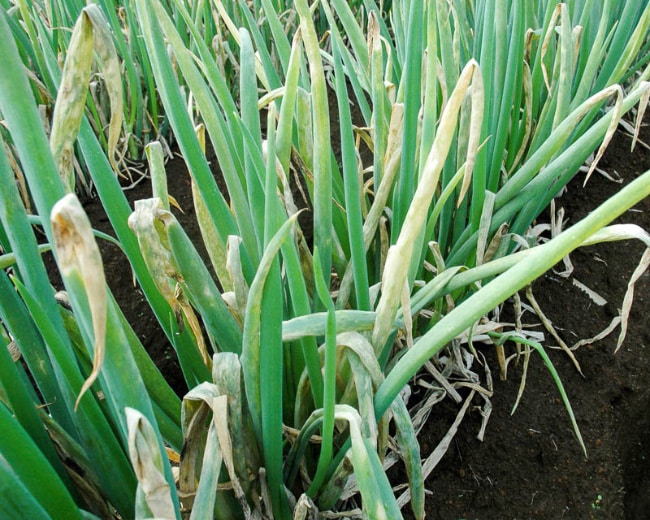
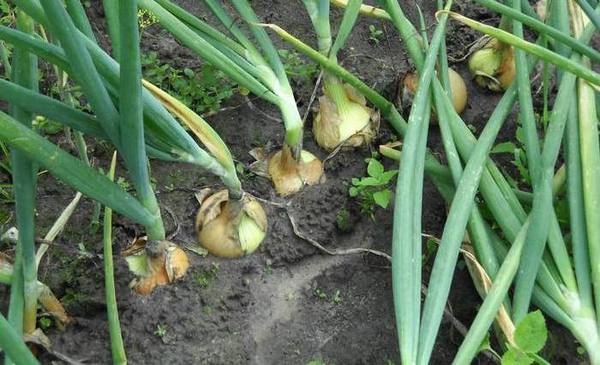
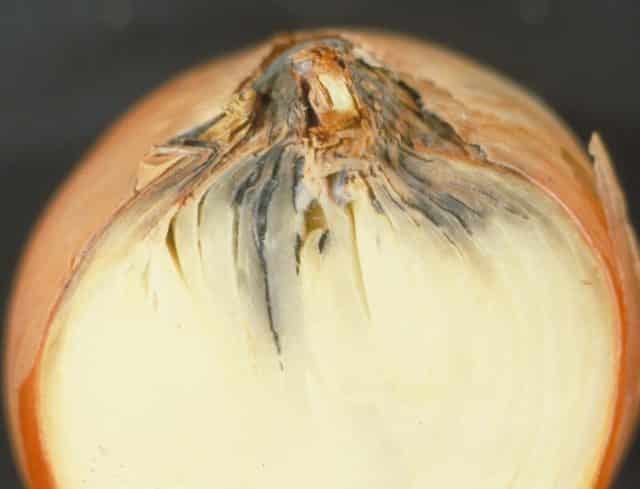
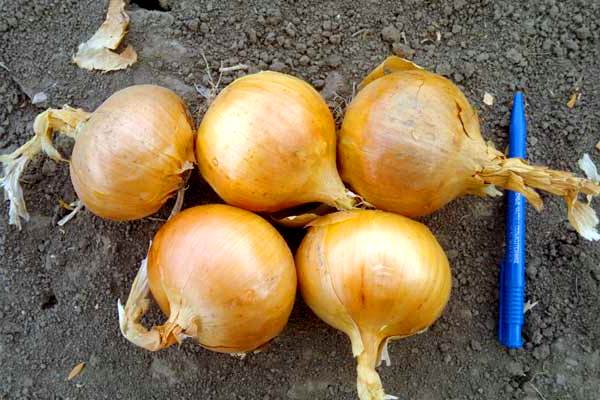
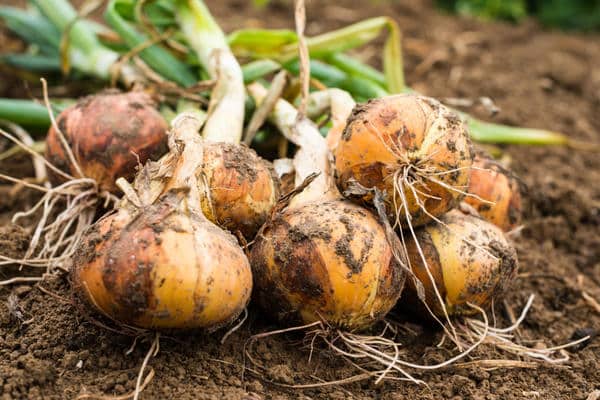
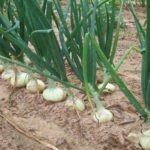
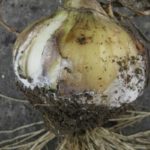
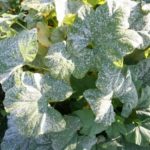
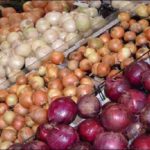
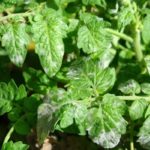

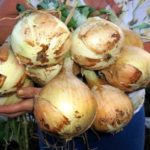
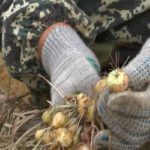
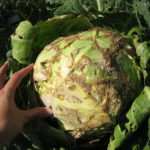
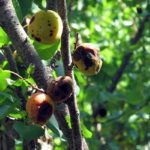
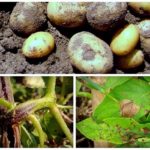
The whole family loves raspberries, so several bushes of this berry were planted on the site. I have been growing this variety not long ago, but it has already been harvested several times. Its taste is quite bright and the color is rich.